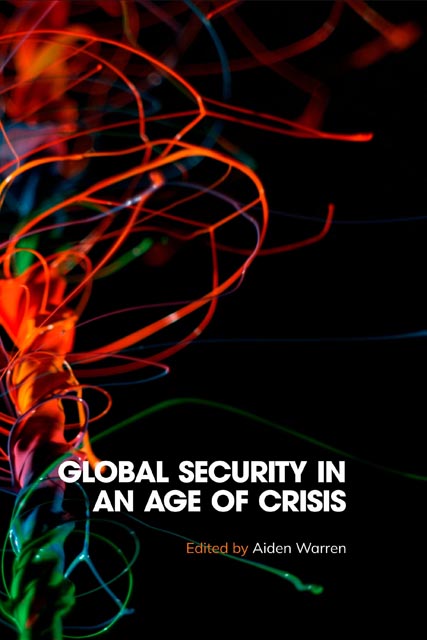16 - The Indo-Pacific and Security: A New Fault Line
Published online by Cambridge University Press: 14 July 2023
Summary
Introduction
“The United States is a proud part of the Indo-Pacific. And this region is critically important to our nation's security and prosperity,” declared Vice-President Kamala Harris at a speech in Singapore on August 24, 2021. Intended to lay out US strategic resolve in Asia in the wake of the disastrous withdrawal from Afghanistan, Harris continued the American practice, established in 2017 by President Donald Trump, of describing the region as the “Indo-Pacific.” Since the end of World War II the US has been the dominant military power in what used to be described as East Asia or the Asia-Pacific. The move by the 46th president's administration to adopt this newer and much more expansive concept—referring to the perceived integrated nature of the Pacific and Indian Ocean regions—is notable and not only because any time the world's preeminent military power adopts a new strategic concept it is inherently significant. That the US and many of its allies and partners have chosen to move away from Asia-centered regional conceptions and toward the bigger Indo-Pacific idea reflects a number of important developments that are key to understanding the security dynamics of this vital part of the globe.
This chapter sets out to provide a survey of the key security issues and dynamics in the Indo-Pacific. It will show that security issues have been the driving force in creating the idea of a new megaregion but also that the security dynamics of the region have become one of the principal fault lines in world politics. While the analogy should not be taken too far, the security matters at the heart of the Indo-Pacific are akin to the military division of Europe in the Cold War: a regional strategic divide of immense global consequence. The chapter is organized in two main parts. The first examines the new strategic concept of the Indo-Pacific, charting its emergence and the role played by security concerns in driving the adoption of this way of imagining Asia's strategic landscape. The second section will discuss the central security concerns within the region. While it has a myriad of issues that acutely threaten the lives and interests of states and societies, this section will focus on the three that are most significant: (1) great power competition between the US and China, (2) transnational security threats and the securitization of economic matters, and (3) the region's longstanding flashpoints, such as the Korean Peninsula and the South China Sea.
- Type
- Chapter
- Information
- Global Security in an Age of Crisis , pp. 353 - 373Publisher: Edinburgh University PressPrint publication year: 2023

